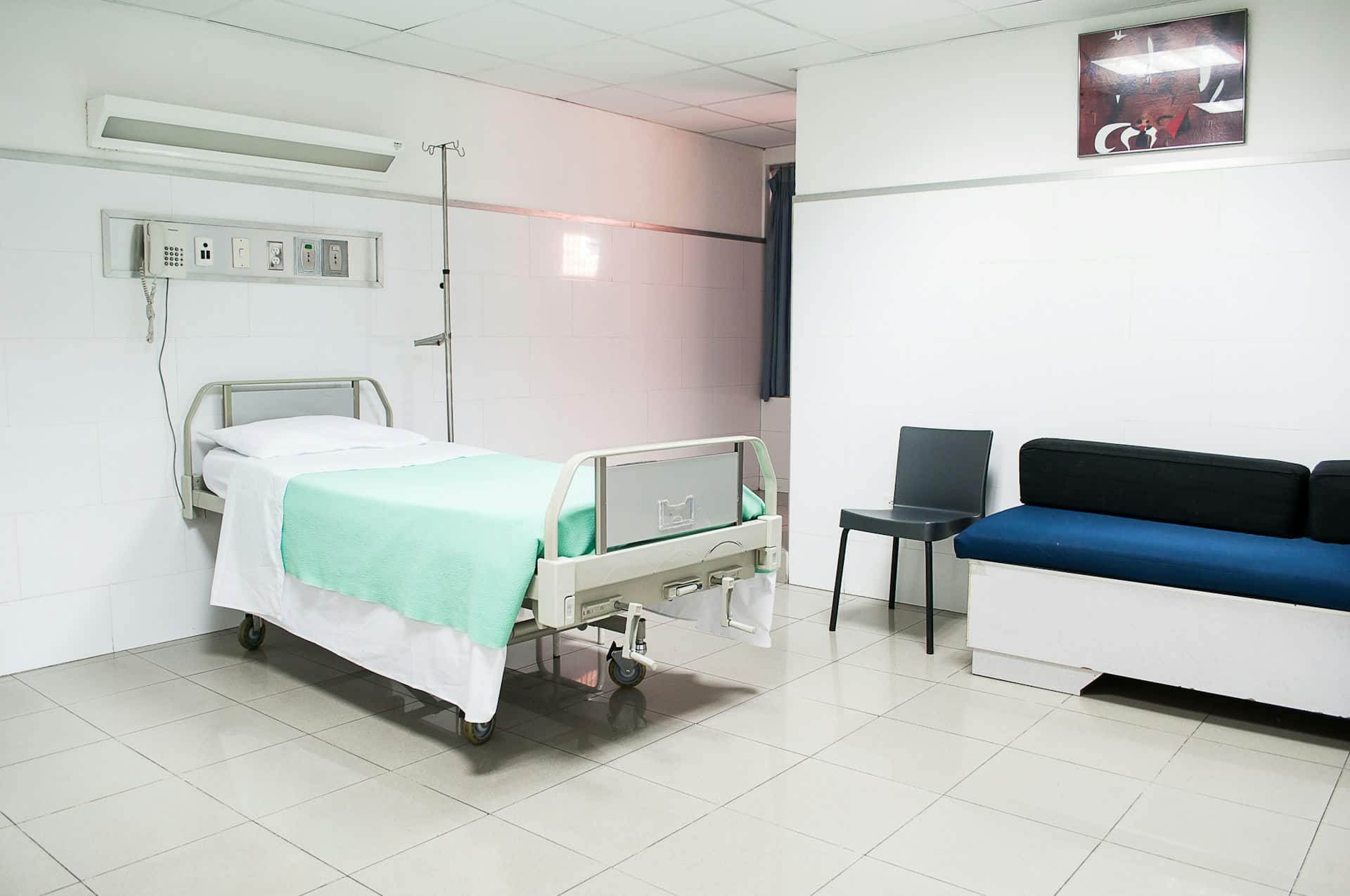In the face of the growing demands of healthcare delivery, the United Kingdom maintains a keen focus on nurturing a capable and skilled NHS workforce. One such initiative is the emergency medical training subsidy for rural clinics. It is a strategic move aimed at improving the quality of emergency medical services in the heartlands of the UK. This article will guide you on how to apply for this subsidy in 2023, with the goal of ensuring that medical practitioners in rural areas are well-equipped to handle emergency medical situations.
Understanding the Need for Emergency Medical Training
The UK, like many other advanced economies, faces the challenge of uneven distribution of healthcare services. This is particularly stark between urban and rural areas. Within rural England, the NHS struggles to provide emergency medical services comparable to those in metropolitan areas. This disparity often results in longer response times to emergencies, putting the lives of patients at risk.
A lire aussi : What are the requirements for installing a wind turbine on private property in the UK in 2023?
Emergency medical training for local healthcare professionals in rural clinics is a critical solution to this issue. By improving the skills and knowledge of the rural healthcare workforce, the NHS aims to ensure that all people, regardless of where they live, have access to high-quality emergency medical care.
The UK Emergency Medical Training Subsidy – An Overview
In an effort to support the improvement of emergency medical services in rural areas, the UK government provides a subsidy for emergency medical training. This financial assistance is intended to relieve the financial burden of additional training on the rural healthcare workforce and healthcare establishments.
Lire également : What are the new UK government restrictions on pesticide use near water sources in 2023?
The training includes diverse areas of emergency medical service, such as trauma care, paediatric emergencies, and cardiac emergencies, among others. The subsidy covers a considerable percentage of the total training costs, including course fees, accommodation, and sometimes even travel expenses for the participants.
Eligibility Criteria and Application Process
To ensure that the subsidy benefits those who need it most, the UK government has put forth specific eligibility criteria. The first and foremost requirement is that the applicant must be a part of the NHS workforce. This encompasses a range of roles, including nurses, doctors, paramedics, and other healthcare professionals employed by the NHS.
Applicants must also be working in a rural clinic. The definition of ‘rural’ is as per the UK government’s classification. Generally, these are areas with populations of less than 10,000 people.
The application process, although thorough, is not overly complicated. It involves filling out an application form detailing your NHS employment and the nature of your work, along with the reasons why you believe the training will benefit your practice and your local community.
How the Subsidy Supports Rural Healthcare
The impact of the emergency medical training subsidy extends beyond the individual healthcare worker. By improving the skills and capabilities of the rural healthcare workforce, it significantly enhances the quality of care that patients receive.
The training empowers rural healthcare workers with the latest medical knowledge and techniques, enabling them to provide effective emergency care locally. This reduces the need for patients to be transported long distances to urban hospitals, saving precious time in emergency situations.
Navigating the Application Process
Understanding the application process is crucial to successfully apply for the subsidy. It often involves several steps and requires careful attention to detail.
The initial step involves obtaining the application form, which is typically available on the NHS website or through the local NHS trust. The form needs to be filled out meticulously, ensuring all questions are answered fully and accurately. Supporting documents, such as proof of employment and proof of rural clinic location, are also required.
Once the application is submitted, it is reviewed by a committee for eligibility and relevance. The committee is usually comprised of experienced healthcare professionals and officials from the NHS and the local health department. Successful applicants are then invited for an interview, after which the final decision is made.
Ultimately, the emergency medical training subsidy is a significant step towards ensuring that the rural population in the UK has access to high-quality emergency medical services. By taking advantage of this opportunity, you have the chance to make a substantial positive impact on your local community and the wider NHS.
The Importance of Continuous Learning in Healthcare
In the ever-evolving field of healthcare, continuous learning is paramount. Rapid advancements in medical knowledge and technology necessitate the need for healthcare professionals to be up-to-date. This is particularly important for those providing emergency care in rural areas, where access to immediate, expert healthcare can be the difference between life and death.
Being a part of the NHS workforce, whether as doctors, nurses, or paramedics, entails a commitment to professional development. This includes learning about new research findings, medical techniques, and technological tools. The emergency medical training subsidy is a unique opportunity for healthcare professionals in rural areas to enhance their skills and knowledge at no or minimal cost.
Participating in this training program allows healthcare professionals to keep pace with the latest practices in emergency medicine. It covers key areas such as trauma care, paediatric emergencies, cardiac emergencies, and other critical areas of emergency care.
The training also includes sessions on emerging areas like mental health emergencies, a rapidly growing concern in various parts of the UK. This holistic approach ensures healthcare professionals are equipped to handle a broad range of emergency situations.
Conclusion: A Step Towards Health Equity
The UK emergency medical training subsidy represents a significant investment in rural healthcare. Not only does it directly benefit healthcare professionals, but it also indirectly influences the quality of health services in rural areas and contributes to the overall improvement of the UK’s health system.
The subsidy is a testament to the UK’s commitment to health equity. By addressing the uneven distribution of healthcare resources, it ensures that regardless of geographical location, every individual in the UK has access to high-quality emergency care.
Additionally, the subsidy contributes to the broader goals of NHS England, such as improving patient outcomes, enhancing patient satisfaction, and reducing healthcare disparities. It also supports the local authorities and royal college in their efforts to strengthen the workforce and boost health services in rural areas.
In conclusion, the UK emergency medical training subsidy is a significant initiative aimed at bolstering the emergency care capabilities of rural clinics. By understanding the need for such training, acknowledging eligibility criteria, and navigating the application process efficiently, healthcare professionals can seize this opportunity to enhance their skills and contribute positively to their community’s health.
The subsidy reaffirms the importance of integrated care and continuous learning in healthcare, ensuring that the UK’s rural population has access to emergency departments that provide quality, timely, and effective medical care.










